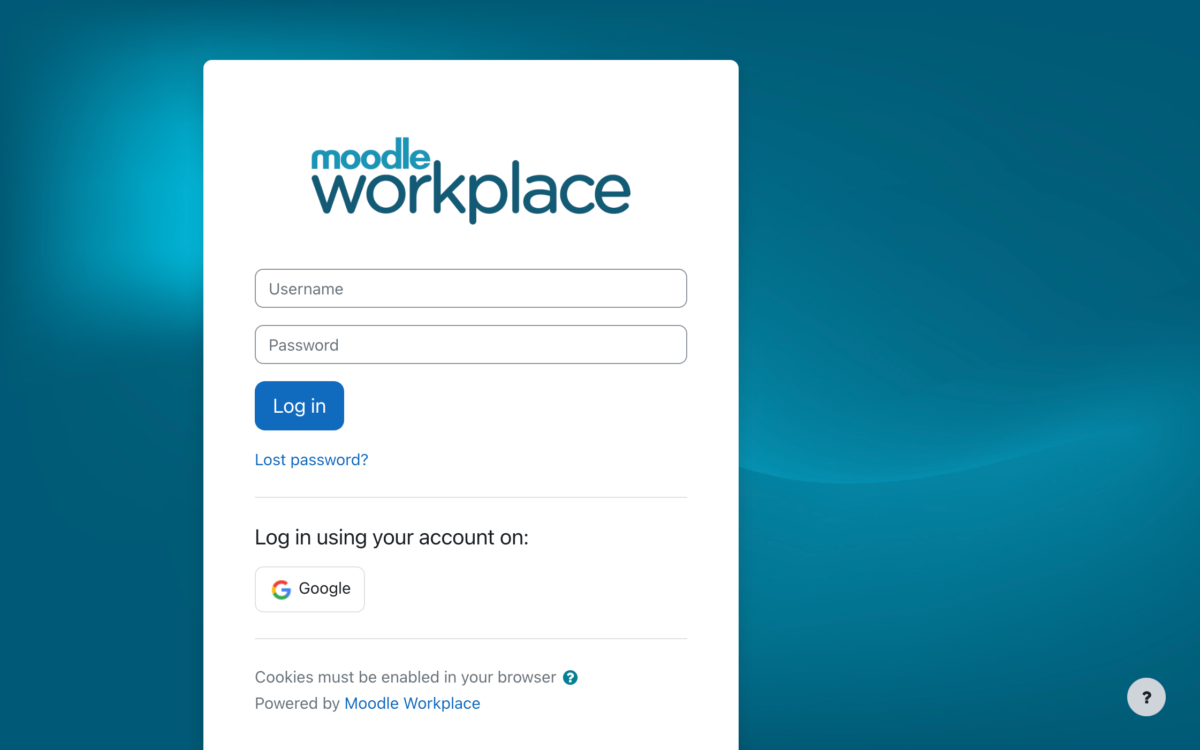How many times have you been saddled with a piece of writing in an elearning course that just doesn’t make sense? Quite often, probably.
While we read that engaging learners involves video, graphics, interactive design, and gamification, few L&D managers pay enough attention to sharp, conversational writing.
Put simply, flabby writing should go into a weight loss clinic at the very least, or on a starvation diet in some cases.
Here are some examples of obese writing:
Not surprisingly, we have come to the conclusion that the act of building a bridge is a necessary step in circumventing rising waters in heavy rain events.
Go ahead, take a stab at re-writing the above, prolix sentence. What did you come up with?
Try this: Bridges can be built to overcome flooding during heavy rainstorms.
Or read this and think about what it means: When making pesto, it is often necessary to assemble your key ingredients before starting the blending process that involves chopping up your key ingredients first before blending them.
Adjusted: When making pesto, chop up your main ingredients before blending them.
How about this one: The app is designed to give the store manager a completely self-contained data overview of key operational considerations such as inventory, customer interface numbers, topping distribution, and which units sell the best during given hours.
Huh?
Maybe the writer means: The app allows store managers to see how many pizzas they are selling, provides customer numbers, and details which pizzas they are ordering so inventory control is easier.
Get the points?
If you don’t, here they are:
- Keep your writing brief
- Use contractions when possible—more conversational
- Be conversational to begin with
- Read your writing out loud
- Round table your video scripts
- Vary sentence length
- Use plain English unless the writing is technical
- You can break some grammar rules by starting sentences with conjunctions like And/or But
- Turn statements into questions
- Storytelling works better than straight recitation of facts (show don’t tell with examples)
These are just a few of the tips that make for engaging writing in an elearning context. Or did we mean engaging elearning?







